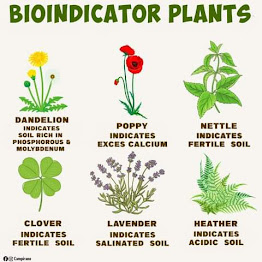Principles of soil and water...
Principles of Soil and Plant Water Relations
Soil Water System
The plant needs soil and water for its growth. The soil anchors the plant and allows the root system to grow. Soil consists of a three-phase system – solid, liquid and gas. The complex mass of organic and mineral matter acts as a matrix consisting of a number of pores of various sizes. The void space within the particles is known as soil pore space. The pores of the soil hold moisture attached to the soil particle by surface tension. If water is present in amounts more than that can be stored, the soil expels air. On the other hand, in dry soils, the water molecules are present as a thin film around the soil particles
Classification of Soil Water
Water occurs in varying proportions in the soil pores. Based on the physical factors, the water held in the pores can be defined as:
- When a soil sample is saturated with water and allowed to drain the amounts that are present in excess, the gravitational water is drained off easily and rapidly from the root zone.Gravitational water is not available for use by plants
- The amount of water retained in the soil by surface tension after the draining of gravitational water is known as capillary water. Capillary water is the main source of water for plant growth
- Hygroscopic water is the moisture content absorbed and retained by dry soil as a thin film over the soil particles. Neither this water is available to plants
Importance of Water in Plant Growth
Water plays a key role in plant growth. The most important functions of water are listed below:
- Water constitutes 85-90% of the body weight of younger plants and 20-50% of the weight of mature plants
- Oxygen and hydrogen required for carbohydrate synthesis during the photosynthesis is provided by water
- Nutrients required for the plant growth are transported from soil to the plant with the help of water
- Food synthesized in the leaves gets dissolved in the water and then distributed throughout the plant body
- Water is essential for optimal transpiration. Transpiration helps maintain the plant temperature through dissipation of heat
Soil Plant Atmosphere Continuum
The pathway through which water moves from the soil to the atmosphere via plant is known as the soil-plant-atmosphere continuum. The atmosphere has low water potential while a relatively higher potential occurs inside the leaves. This creates a diffusion gradient across the pores in stomata of the leaves leading to vaporization of water molecules present in the leaves. As water vapour transpires out of the leaves, it is replaced with water molecules maintained inside the leaves at saturation vapour pressure. Xylem cells of plant pull water from the roots towards the leaf.


Comments